Meditation Positions: Finding Stillness Through the Body
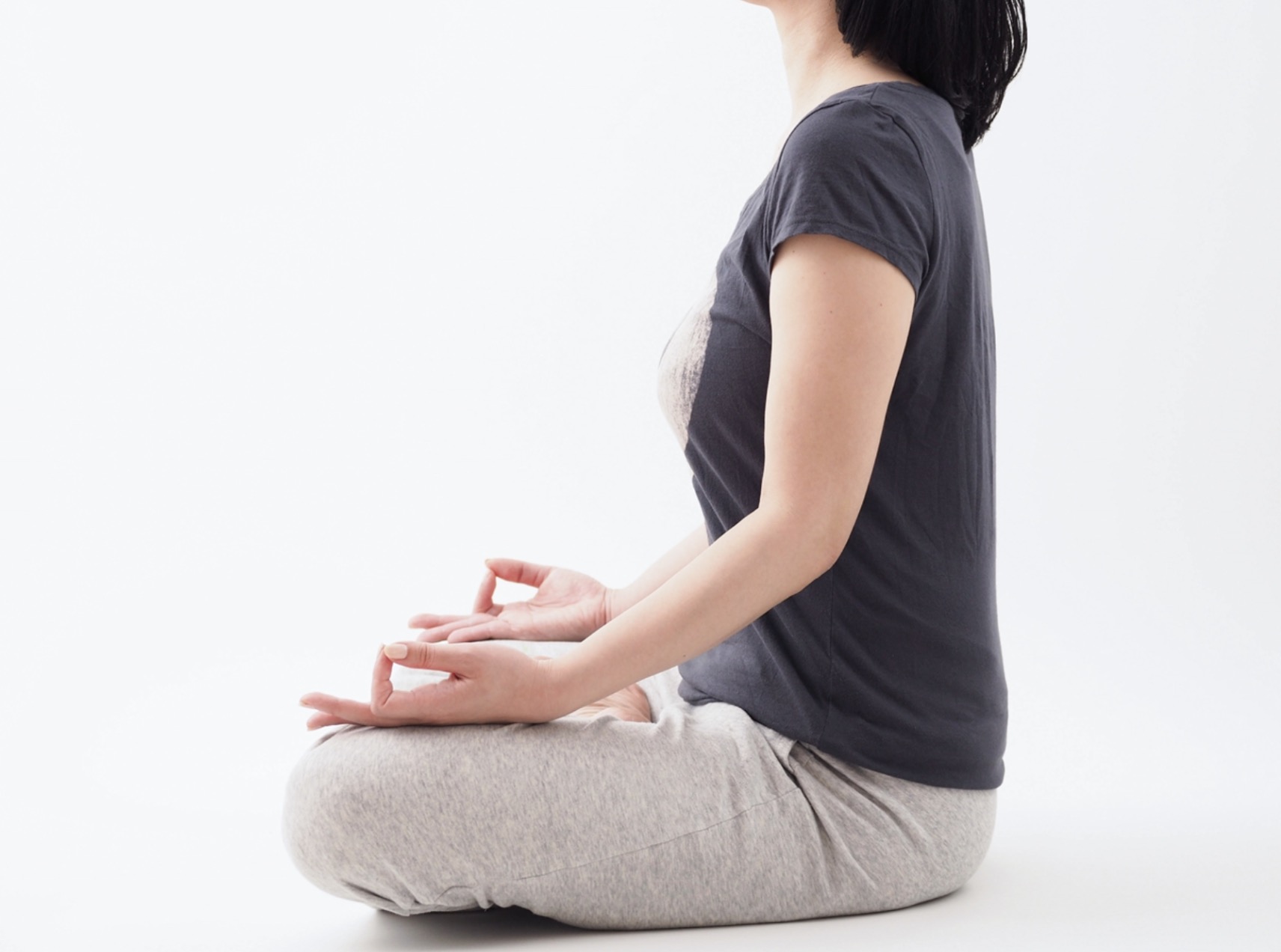
Quick Summary
Meditation positions are the physical foundation for stillness. The way you sit, kneel, or lie down affects concentration, breathing, and the ability to sustain calm. Choosing the right meditation position ensures comfort, stability, and awareness. This article explores traditional, modern, and personalized approaches, with scientific evidence and expert insights.
- Why it matters: Posture shapes breathing, focus, and nervous system balance
- Traditional options: Lotus, half lotus, Burmese, seiza
- Modern support: Cushions, chairs, lying meditation
- Science & experts: Evidence from psychology and neuroscience, plus Zen teachings
- Practical steps: A 7-step guide to finding your ideal meditation position
Introduction
When was the last time you sat still without shifting, fidgeting, or reaching for your phone? Most people imagine meditation as closing the eyes and clearing the mind—but the truth is, it starts with the body. If your legs ache or your back collapses, your thoughts scatter. If your spine rises and your weight settles, silence begins to appear.
Meditation positions are more than tradition. They are science, culture, and practice combined. In this guide, we explore why posture matters, how to find the right one for you, and what experts—from neuroscientists to Zen teachers—say about the art of sitting still.
Why Meditation Positions Matter (Scientific Evidence)
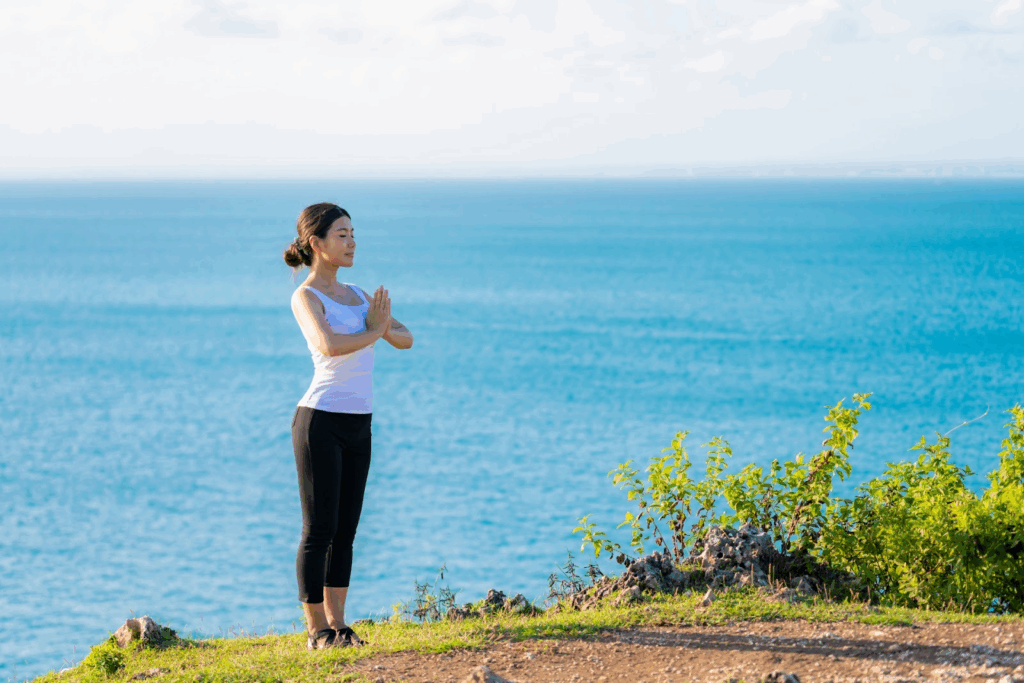
Meditation positions are not arbitrary. They directly influence physiology and psychology:
- Spinal Alignment and Attention: Research from the Cognitive Neuroscience Society shows upright posture improves prefrontal cortex engagement, sustaining attention and reducing drowsiness.
- Breathing Efficiency: A review in BMC Pulmonary Medicine (2018) reported that more erect positions, such as standing or upright sitting, are associated with improvements in lung capacity and expiratory flow compared to slouched or recumbent postures. In addition, a study in Biomed Research International (2018) found that upright sitting produced greater respiratory muscle strength than slouched sitting.
- Nervous System Balance: A study in Frontiers in Psychology (2019) found posture influences the autonomic nervous system: upright sitting lowers cortisol, balancing stress and relaxation.
- Pain and Focus: When discomfort dominates, pain signals flood the brain. Supported, stable positions reduce distraction and improve sustained meditation.
These findings confirm what meditators have long known: posture is not symbolic—it is biological.
What Do the Experts Say
- Jon Kabat-Zinn (MBSR Founder): “Posture is the carriage of mindfulness itself. If the body is balanced, the mind has a chance to be balanced.”
- Dr. Richard Davidson (Neuroscientist, UW–Madison): His work with Buddhist monks shows upright sitting correlates with increased gamma brainwaves, linked to heightened awareness.
- Zen Master Shunryu Suzuki: “When you sit in the right posture, you become Buddha.” (Zen Mind, Beginner’s Mind)
- Harvard Health Publishing (2019): Stresses that musculoskeletal support is essential for sustainable practice, especially in older adults.
Across disciplines, experts echo the same truth: meditation positions are fundamental, not optional.
Traditional Meditation Positions
Lotus (Padmasana)
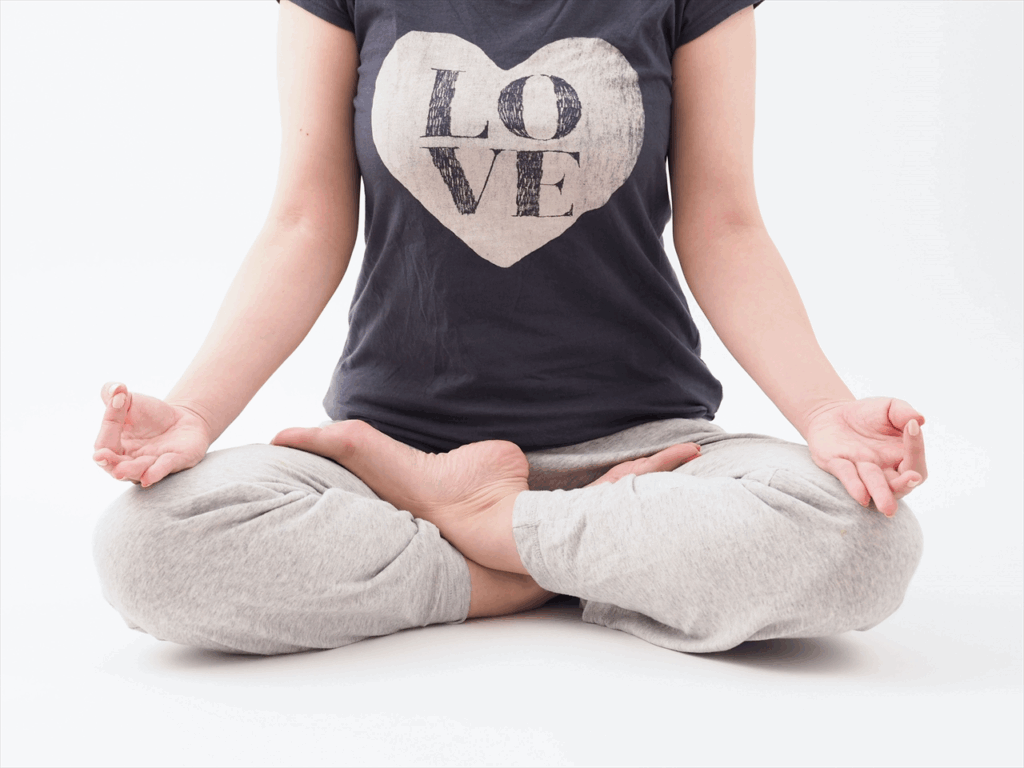
Ancient yogic posture symbolizing enlightenment and unity. Best attempted with strong hip flexibility and cushion support.The lotus position, or Padmasana, is one of the most recognized meditation postures. Originating in ancient India and mentioned in the Yoga Sutras of Patanjali, it symbolizes unity of mind and body. In Hindu and Buddhist iconography, deities and enlightened beings are often depicted seated in lotus, signifying stability and transcendence.
Practically, lotus provides a symmetrical, rock-solid base that anchors the body. However, it requires significant hip flexibility and careful preparation. Beginners should avoid forcing the knees into position—focus first on hip-opening stretches and gradual training. A useful tip is to elevate the hips on a cushion so that the knees fall naturally downward, reducing joint pressure.
Half Lotus (Ardha Padmasana)

Traditional compromise used in yoga and Zen. Offers stability without the strain of full lotus. Half lotus is a more accessible adaptation, with one foot resting on the opposite thigh and the other tucked beneath the knee. Historically, it has been favored in both Indian yoga practice and Zen meditation halls as a practical compromise. It allows practitioners to maintain stability and symmetry while reducing strain compared to full lotus.
For comfort, ensure that the elevated foot rests fully on the thigh, not the knee, and use a cushion to align the pelvis forward. This helps keep the spine upright without forcing the lower body. Many teachers recommend half lotus as a sustainable daily posture, especially for long retreats.
Burmese Position
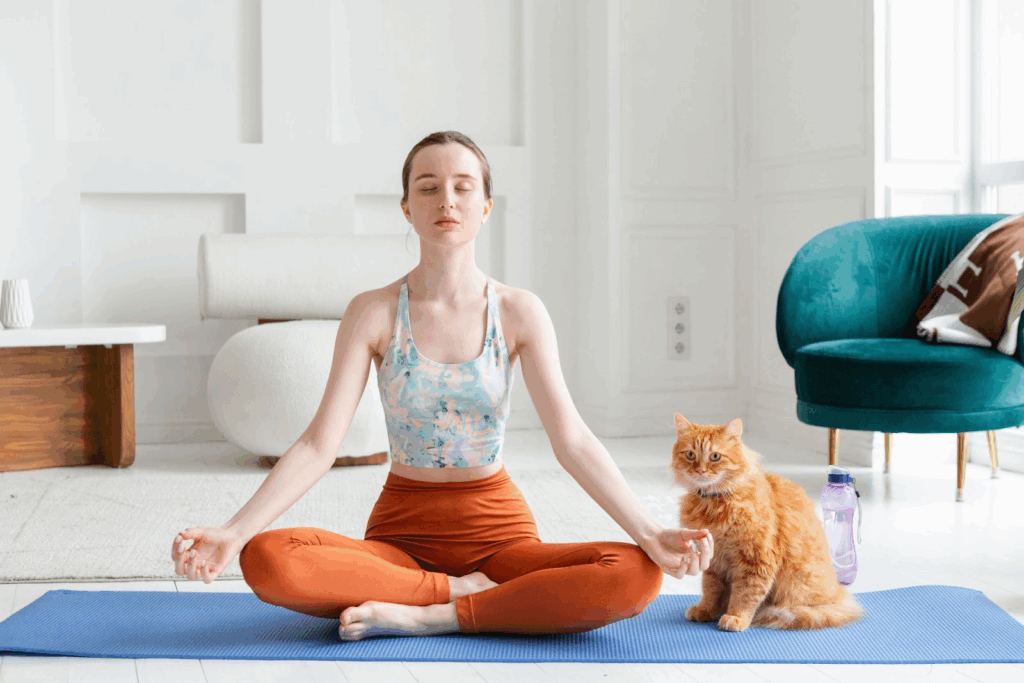
Common in Southeast Asian practice for long sitting. Beginner-friendly with cushions to ease hips and knees. The Burmese position—loose cross-legged sitting with both feet on the floor—emerged strongly in Southeast Asian Theravāda traditions, where meditation was often practiced for long hours. Because it requires less flexibility than lotus, it became the default position for lay practitioners and modern mindfulness programs.
For practical setup, place a cushion under the hips so that the knees can rest closer to the ground. Ensure the ankles are comfortable by adjusting their angle outward slightly. This position encourages stability with minimal strain, making it especially suitable for beginners who want to focus more on mindfulness than body tension.
Seiza (Japanese Kneeling)
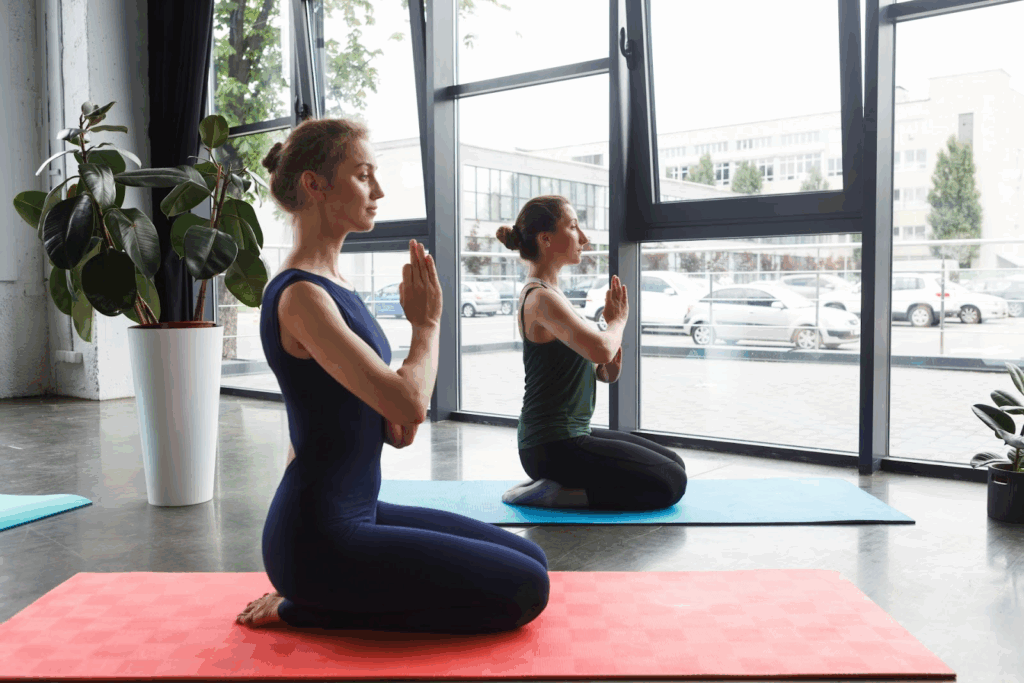
Rooted in Japanese Zen, samurai culture, and tea ceremony. Upright dignity supported with bench or cushion.Seiza, literally “proper sitting” in Japanese, developed through centuries of Japanese culture—from samurai etiquette to tea ceremonies—and became integrated into Zen Buddhist meditation (zazen). It represents dignity, discipline, and readiness.
In practice, sitting seiza directly on the heels can cause discomfort in the ankles and shins over long periods. Monasteries often provide wooden benches or thick cushions to relieve pressure. A practical adjustment is to keep the toes slightly apart and rest the buttocks on a support, which aligns the spine naturally and reduces circulation problems. Many practitioners find that seiza cultivates a sense of alertness that feels different from cross-legged postures.
Modern Adaptations
Meditation today meets modern life:
- Chair Sitting: Spine straight, feet flat, hands relaxed. Common in workplaces and therapy programs.
- Cushions & Benches: Reduce hip and knee strain, extend session time.
- Lying Down (Savasana): Ideal for body scans, though risk of falling asleep is high.
These adaptations reflect inclusivity—meditation positions should serve everyone, not only the flexible.
Key Principles Across All Positions
- Upright spine supports breath and focus
- Relaxed shoulders prevent tension buildup
- Balanced weight stabilizes posture
- Hand placement signals grounding or openness
- Soft gaze balances alertness and ease
Personalizing Your Meditation Position: A Step-by-Step Guide
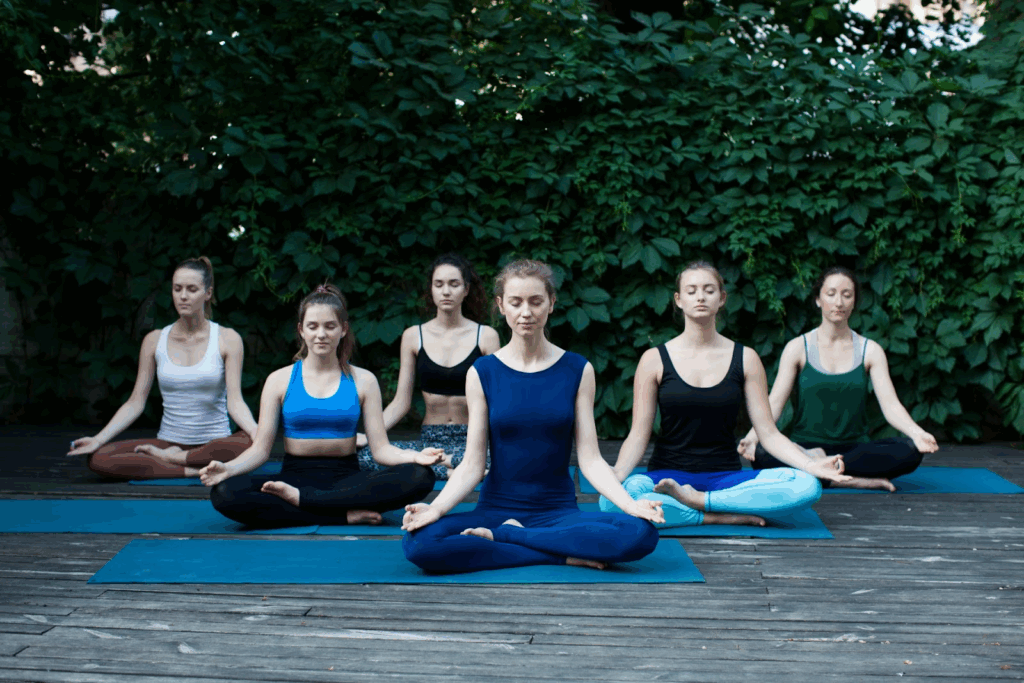
Step 1: Choose a Base Position
Pick cross-legged, seiza, chair, or lying down based on comfort.
Step 2: Add Support
Use cushions, benches, or blankets to reduce strain.
Step 3: Align Your Spine
Imagine the crown of your head pulled upward—alert but relaxed.
Step 4: Place Your Hands
Palms down to ground, palms up to invite openness, or try a mudra.
Step 5: Adjust for Comfort
If pain distracts, shift slightly. If drowsy, straighten your back.
Step 6: Set Duration
Start with 10 minutes. Extend gradually without pushing into pain.
Step 7: Revisit Regularly
Your posture will evolve with age, flexibility, and practice.
Conclusion
Science confirms what tradition has always whispered: posture shapes the mind through the body. From lotus to chair sitting, the way we hold ourselves is the gateway to stillness. Experts emphasize it, and practitioners learn it through their own struggles and discoveries.
When the body finds stability, the mind begins to rest. And when silence finally arrives, it doesn’t matter whether you are in a temple or your living room. With Gassho, even a few minutes each day can carry the depth of a retreat into ordinary life—reminding us that peace was never somewhere else. It was here, waiting, in the way you choose to sit.
Frequently Asked Questions

FAQ 1: What are the best meditation positions for beginners?
Answer: Beginners often benefit from simple and stable meditation positions such as the Burmese posture, chair sitting, or seiza with a cushion. These positions minimize joint strain and provide a grounded sense of balance. Unlike lotus or half-lotus, which require hip flexibility, these beginner-friendly positions focus on stability over form. Over time, some may gradually explore more advanced postures as flexibility improves, but starting with accessible options ensures consistency and prevents discouragement.
Real Results: In many mindfulness programs, beginners commonly choose chairs rather than sitting on the floor. Medical institutions such as Mayo Clinic also emphasize that the most important factor for sustaining a meditation practice is selecting a comfortable posture without strain.
Takeaway: Comfort creates consistency.
FAQ 2: Do meditation positions improve focus?
Answer: Yes. Posture directly influences attention and alertness. An upright spine reduces fatigue, while slouched or collapsed positions often lead to drowsiness. Neuroscience research demonstrates that proper alignment enhances prefrontal cortex activity, supporting concentration and emotional regulation. When the body feels grounded and stable, the mind has fewer distractions and can more easily sustain focus on the breath or mantra. This explains why meditation teachers often stress posture as the first step to mindful awareness.
Real Results: Real Results: Research in Frontiers in Human Neuroscience (2014) showed that posture (supine vs. sitting) influences working memory performance, with seated posture generally supporting faster responses. A study in Biofeedback (2017) further reported that upright posture makes it easier to recall positive memories, while slouched posture is associated with recalling negative ones. Frontiers 2014, Biofeedback 2017
Takeaway: Posture may influence focus and mood.
FAQ 3: Can meditation positions reduce back pain?
Answer: Certain meditation positions, especially when supported with cushions or chairs, can reduce chronic back pain by improving spinal alignment and muscle balance. Meditation itself also helps by lowering stress and muscular tension. However, incorrect posture or forcing lotus position without preparation can worsen discomfort. For those with pre-existing back issues, supported chair sitting or seiza with a meditation bench are often the safest choices.
Real Results: Clinical mindfulness programs documented by NIH found meditation combined with correct posture decreased chronic back pain in many participants.
Takeaway: Good posture turns meditation into healing.
FAQ 4: How long should I hold a meditation position?
Answer: Beginners should start with 10–15 minutes and extend gradually as the body adapts. The key is to stop before pain overwhelms awareness. Holding a position too long without comfort leads to strain and frustration. Consistency is more important than duration. Over time, practitioners often sit for 20–40 minutes comfortably, but adaptation varies by individual body type, flexibility, and practice frequency. Listening to the body’s signals is crucial.
Real Results: Mindfulness studies suggest practitioners who sat upright for 20 minutes daily reported improved concentration and calm within two weeks. American Psychological Association
Takeaway: Duration grows with comfort, not force.
FAQ 5: Are meditation positions safe for seniors?
Answer: Yes, meditation positions can be safely adapted for seniors. Chair sitting with feet flat and supported cushions is highly recommended. Avoiding strain on knees and hips is key. Gentle seiza with a bench may also work if joints allow. Seniors should prioritize comfort and stability over tradition. Breathing-focused meditation works equally well in all positions, so upright comfort is far more important than attempting lotus or cross-legged postures.
Real Results: In meditation guides and retreats designed for older adults, supported positions such as using chairs are often recommended as safe and sustainable options. AARP also emphasizes the importance of adapting posture to ensure comfort and long-term accessibility in meditation practice.
Takeaway: Stability and ease create the foundation for meditation across ages.
FAQ 6: What’s the difference between lotus and half-lotus?
Answer: The lotus position requires both feet resting on opposite thighs, creating perfect symmetry but demanding high flexibility in hips and knees. The half-lotus involves only one foot placed on the opposite thigh, with the other resting under the knee. Half-lotus provides stability but is easier to maintain and safer for most bodies. Forcing lotus without proper preparation may cause joint strain, so half-lotus is often a recommended compromise.
Real Results: Yoga Journal advises that practicing lotus pose safely requires preparatory hip-opening exercises and a gradual progression, often starting with half lotus. It also cautions that forcing full lotus without preparation can increase the risk of knee or hip injury.
Takeaway: Approach lotus step by step for safety.
FAQ 7: Can I meditate lying down?
Answer: Yes, lying down can be effective, especially for body scans or relaxation-focused meditation. However, the risk of falling asleep is higher compared to seated positions. For mindfulness practice where alertness is needed, lying down should be approached carefully. Placing arms slightly away from the body and keeping eyes gently open may help sustain awareness. For stress relief or before sleep, lying down meditation is often recommended.
Real Results: Sleep-focused mindfulness programs, such as those studied by Sleep Foundation, recommend lying positions for insomniacs to improve rest quality.
Takeaway: Lying down works—if sleep isn’t your goal.
FAQ 8: How should I position my hands?
Answer: Hands can rest naturally on the thighs or in mudras (symbolic hand gestures). Palms down provide grounding, while palms up invite openness. The cosmic mudra, common in Zen practice, involves placing the right hand beneath the left, thumbs lightly touching. Hand placement helps signal the body toward stillness and intention, reinforcing the meditative state. The key is to choose a placement that feels natural, steady, and sustainable for the session length.
Real Results: Zen traditions emphasize the cosmic mudra for stability. Tricycle Magazine explains how mudras support focus and symbolic meaning.
Takeaway: Hands guide the mind as much as posture does.
FAQ 9: Do meditation positions change with age?
Answer: Yes. As flexibility decreases, many practitioners transition from cross-legged positions to chairs or supported seiza. Aging bodies often require cushions, benches, or modifications to reduce stress on joints. What matters most is sustainability, not tradition. Meditation evolves with life stages, and choosing postures that adapt ensures continuity of practice. Seniors especially benefit from prioritizing comfort and avoiding rigid postural expectations that may cause harm.
Real Results: Harvard Health reports that chair-based practices, including yoga and meditation, are safe and effective for older adults and those with limited mobility. Using a chair reduces the risk of falls while still providing the mental and physical benefits of practice.
Takeaway: Posture evolves as life does.
FAQ 10: Does posture affect breathing?
Answer: Absolutely. An upright spine keeps the diaphragm open, allowing deeper inhalations and exhalations. Slouched postures compress the lungs and reduce oxygen intake. Correct meditation positions create space for the ribcage to expand, enhancing breath rhythm and promoting parasympathetic relaxation. Breathing is the anchor of meditation, and posture determines whether it flows freely or struggles. This link explains why meditation teachers emphasize “sit tall” as the first instruction.
Real Results: Review studies such as BMC Pulmonary Medicine (2018) show that in healthy individuals, more erect positions (standing or upright sitting) are associated with higher forced vital capacity (FVC), forced expiratory volume in 1 second (FEV₁), and peak expiratory flow (PEF) compared to slouched or recumbent positions. In an experimental study of healthy young males, upright sitting also resulted in greater respiratory muscle strength (measured via SNIP) than slouched sitting.
Takeaway: Keeping posture upright supports breathing and lung function.
FAQ 11: Are meditation chairs effective?
Answer: Meditation chairs provide back and hip support, making practice accessible to people with mobility challenges. They allow extended sitting without discomfort and maintain spinal alignment. While they may lack the symbolic grounding of floor positions, chairs serve the purpose of stability and sustainability. They are particularly effective for workplace mindfulness or long-term daily practice when floor sitting isn’t feasible.
Real Results: Harvard Health notes that chair-based yoga and meditation are safe and effective for individuals with limited flexibility or joint concerns. Using a chair helps reduce strain and the risk of falls while maintaining comfort and stability. This approach is also widely used in clinical mindfulness settings, allowing participants to sustain their practice with confidence.
Takeaway: A chair can be the gateway to stillness.
FAQ 12: What if I feel pain in lotus position?
Answer: Pain is a sign to stop or adjust. Forcing lotus without adequate preparation risks knee and hip injury. Practitioners should use half-lotus, Burmese, or chair sitting instead. Incorporating gentle hip stretches outside meditation sessions may help flexibility, but the priority is safety. Painful positions are counterproductive since discomfort becomes the meditation object rather than breath or awareness.
Real Results: Yoga Journal and other yoga-based sources emphasize the importance of gradual progression into lotus, warning that injuries may occur if advanced postures are forced without preparation.
Takeaway: Pain means pause, not progress.
FAQ 13: How does seiza compare to cross-legged?
Answer: Seiza, or kneeling on the heels, emphasizes upright dignity and is common in Japanese Zen practice. It can be more stable for those with flexible ankles but may cause discomfort over time if unsupported. Cross-legged positions spread weight more evenly but require hip flexibility. Both have cultural significance and offer stability, but seiza with a bench or cushion is often recommended for those who find cross-legged positions difficult.
Real Results: In Zen practice and meditation centers, seiza benches are widely used to support practitioners during long sitting sessions. They help reduce strain on the ankles and knees, making the posture more sustainable over time.
Takeaway: Seiza offers dignity, while cross-legged postures provide balance.
FAQ 14: Do cushions really make a difference?
Answer: Yes. Meditation cushions elevate the hips above the knees, aligning the spine and reducing joint strain. Without support, knees and hips may tense, shortening meditation duration. Cushions also distribute weight more evenly, creating stability for longer sits. Even small adjustments in height can change the entire experience, transforming discomfort into stillness. For many, a good cushion is the difference between abandoning meditation and making it a daily habit.
Real Results: Mindful.org explains that using a meditation cushion helps tilt the pelvis forward and supports a naturally upright spine. This reduces strain on the knees and hips, improving comfort and stability for longer sitting.
Takeaway: A small cushion can sustain a big practice.
FAQ 15: What role do cultural traditions play in posture?
Answer: Meditation positions reflect cultural heritage. Lotus arises from Indian yoga, seiza from Japanese Zen, and chair sitting from Western adaptations. Each reflects local lifestyles and philosophies. Cultural resonance can deepen practice by connecting posture to lineage, but forcing tradition without personal alignment may backfire. Understanding the origin of postures enriches appreciation, but sustainability remains the universal principle.
Real Results: Studies of Buddhist meditation and yoga show that lotus posture originated in Indian culture, while seiza developed within Japanese Zen. In modern Western meditation centers, chairs are widely used, reflecting how postures adapt to cultural and practical lifestyles.
Takeaway: Culture shapes posture, but comfort sustains it.
FAQ 16: Are there meditation positions for people with disabilities?
Answer: Yes. Meditation is adaptable to all bodies. Wheelchair users, for instance, can focus on breath and posture by adjusting chair support. Reclined or lying-down positions can also be effective. Accessibility tools like specialized benches or cushions ensure inclusion. Meditation emphasizes awareness, not appearance, so positions should always be adapted for the practitioner’s capacity. Guidance from physical therapists or mindfulness teachers ensures safety and comfort.
Real Results: Programs for people with learning disabilities (for example through Sussex Mindfulness Centre and guidelines from BAMBA) incorporate simplified practices, visual supports, and chairs or other physical aids to make mindfulness more accessible.
Takeaway: Meditation is open to every body.
FAQ 17: Do meditation positions affect sleep quality?
Answer: Yes. Relaxed postures that reduce muscular tension promote better sleep when combined with mindful breathing. Evening meditation in supported sitting or lying down positions signals the body toward rest. However, overly strict postures may create tension, interfering with sleep benefits. Position choice should match intention: upright for alertness, reclined for rest. Many people use lying meditation specifically as part of bedtime routines to transition into sleep more easily.
Real Results: Sleep Foundation confirms meditation reduces insomnia and improves sleep quality, especially when combined with lying positions.
Takeaway: The right posture bridges awareness into rest.
FAQ 18: Can children use meditation positions safely?
Answer: Children can safely meditate in simple positions such as sitting cross-legged on the floor or in a chair. The key is keeping sessions short and relaxed. Forcing strict lotus or extended durations may discourage practice. Instead, playful posture adaptations, like lying down with guided breathing, can introduce mindfulness effectively. Safety and comfort are always the priority, ensuring meditation remains positive and approachable for young minds.
Real Results: Reviews of mindfulness and meditation interventions with children aged 3-12 indicate improvements in attention and emotional self-regulation.
Takeaway: Keep it light, short, and comfortable for kids.
FAQ 19: Do different hand mudras change meditation effects?
Answer: Yes, hand mudras are symbolic gestures that influence mental states. For example, palms up signal openness, palms down provide grounding, and the gyan mudra (thumb and index touching) is said to enhance concentration. While the scientific evidence is limited, practitioners often report shifts in awareness depending on mudra. Ultimately, the effect may be both symbolic and psychosomatic, providing focus and ritual that deepen meditation practice.
Real Results: Tricycle Magazine documents traditional uses of mudras across Buddhist and Hindu practices.
Takeaway: Mudras whisper intention through the hands.
FAQ 20: How can apps like Gassho guide my meditation posture?
Answer: Apps such as Gassho provide instructional videos, audio guidance, and adaptive support for meditation positions. They help beginners experiment safely with different postures and offer reminders to adjust alignment. While no app can replace the body’s feedback, digital guidance can shorten the learning curve and make meditation more accessible. For busy people who cannot attend retreats, apps bridge tradition and technology.
Real Results: User reviews on App Store highlight how meditation apps improve posture awareness and practice consistency.
Takeaway: Apps make ancient postures accessible anywhere.
Related Articles
Summarizes the relationship between mindfulness practice and emotion regulation from both psychological and neuroscientific perspectives.
Provides practical guidance on meditation postures, including techniques for keeping the spine upright and using supportive props.
Explores the connection between mindfulness and sleep, including techniques for practicing meditation while lying down.
Introduces the basics of mindfulness, including breathing methods and sitting positions, in a beginner-friendly way.
Explains the deep relationship between yoga and meditation, highlighting their combined benefits for body and mind.
